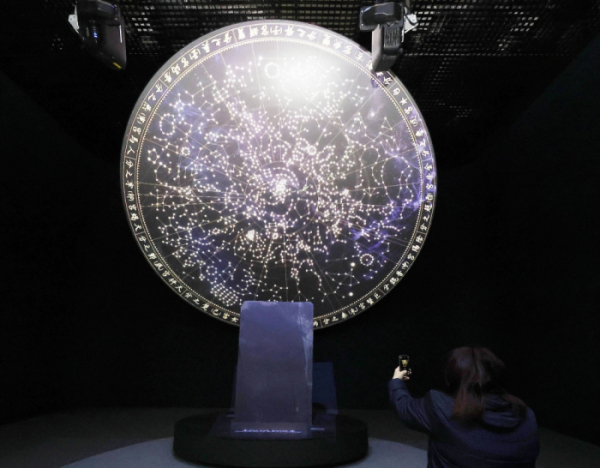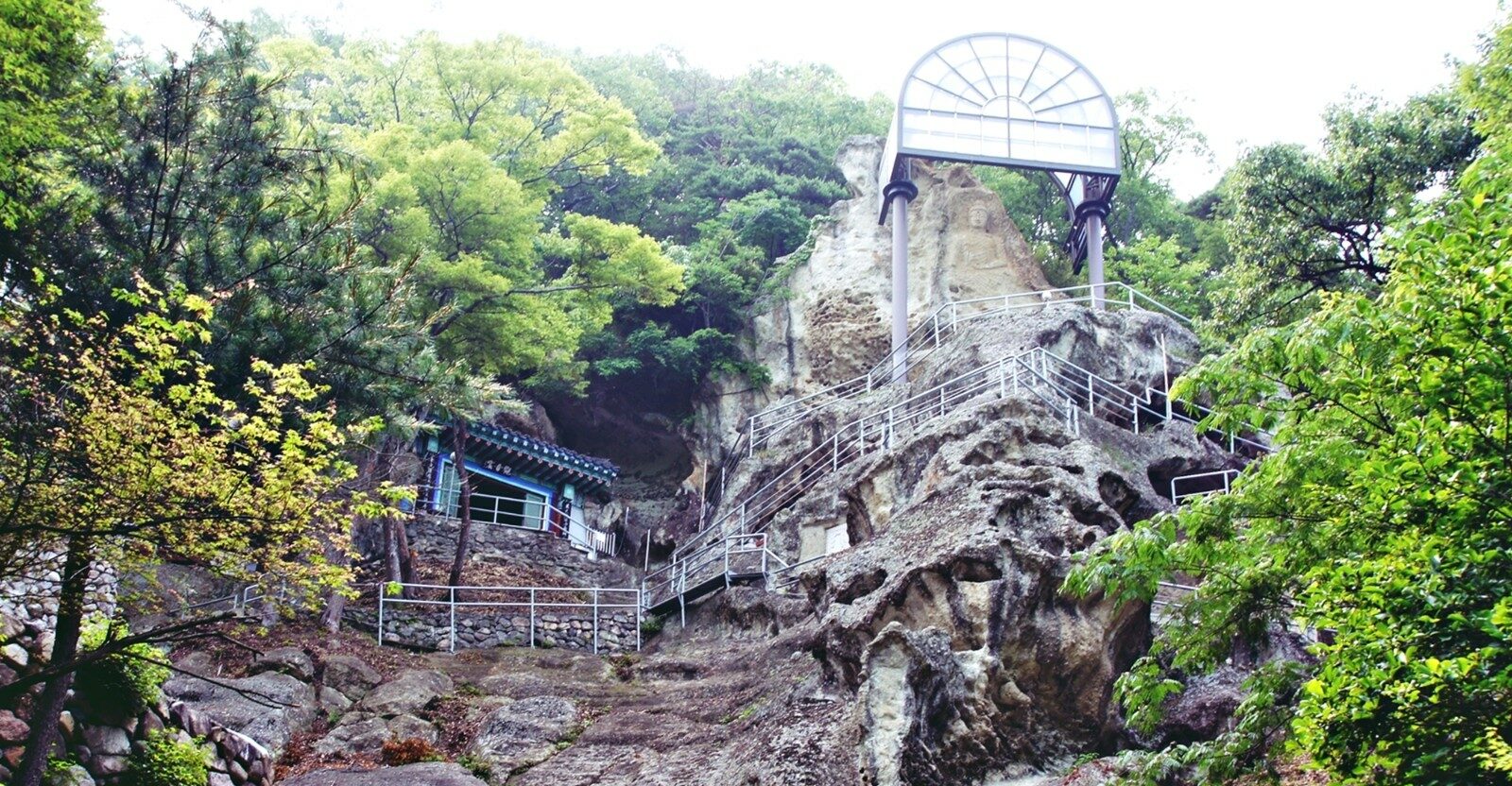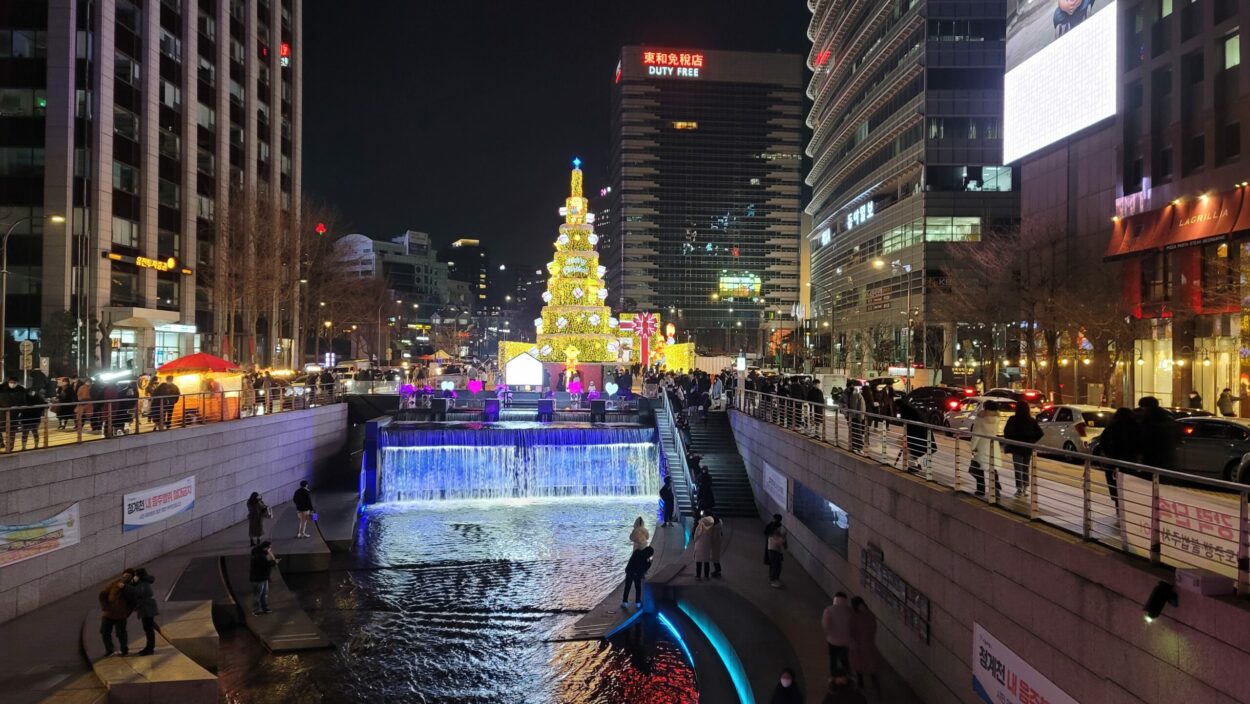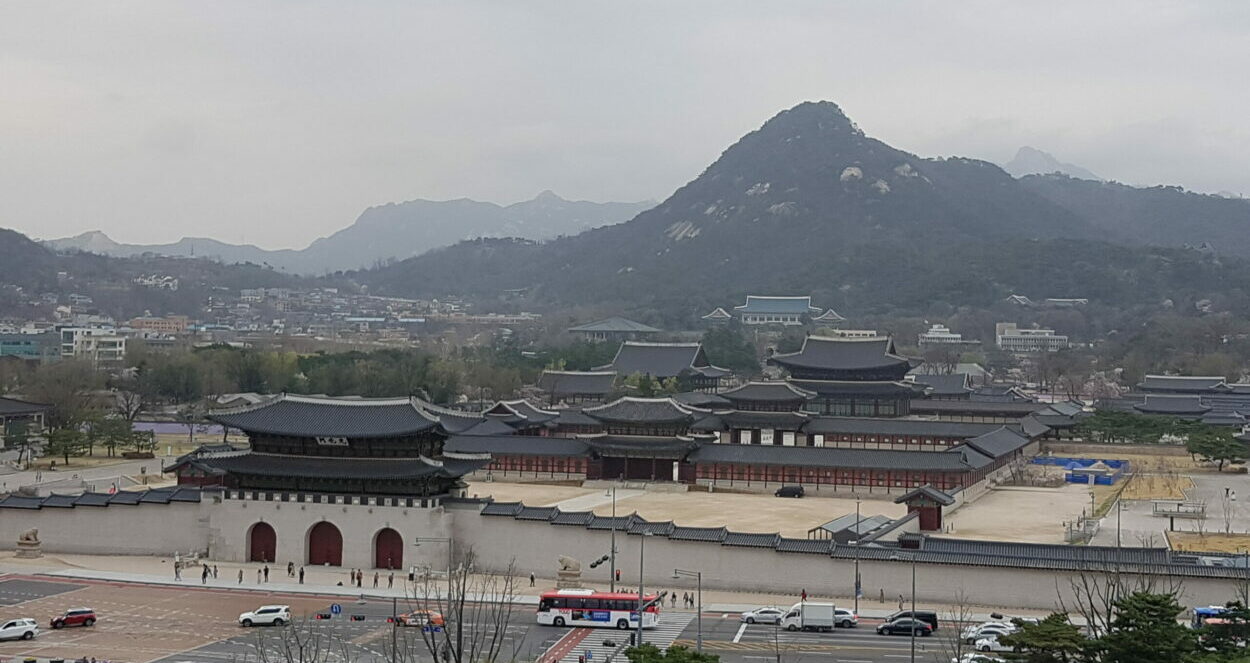Uncover treasures at Seoul’s National Palace Museum, where the storied past comes to life. The National Palace Museum of Korea stands as a remarkable repository of history, art, and culture, situated within the beautiful grounds of Gyeongbokgung Palace in Seoul. Since its establishment in 1992, the museum has been home to more than 40,000 royal relics from the Joseon Dynasty (1392–1910), including treasures from Gyeongbokgung, Changdeokgung, Changgyeonggung, and Jongmyo Shrine. Visitors are invited to delve into Korea’s rich heritage through exhibitions that illuminate royal life, state ceremonies, and the era’s scientific progress.
Explore the Museum
The museum’s collection proudly includes 14 National Treasures of South Korea, featuring significant artifacts such as King Gojong’s royal seal and exquisite court paintings. Permanent exhibitions cover a wide range of themes, including Royal Symbols and Records, Palace Architecture, and Joseon Science, offering guests a comprehensive understanding of Korean royal culture. The museum also provides interactive experiences, such as stamp books and tracing activities, designed to engage visitors of all ages.
Open nearly every day with free admission, the National Palace Museum offers guided tours in multiple languages, ensuring accessibility for international visitors. Its convenient location near Gyeongbokgung Station on Line 3 makes it an easy and enriching addition to any travel itinerary.
Nearby Attractions
While visiting the National Palace Museum of Korea, consider exploring these nearby attractions:
- Gyeongbokgung Palace: As Korea’s largest royal palace, Gyeongbokgung is an essential visit for its magnificent architecture and historical importance. Be sure to witness the changing of the guard ceremony at Gwanghwamun Gate.
- Changdeokgung Palace: Recognized as a UNESCO World Heritage site, this palace is acclaimed for its beautiful gardens and harmonious architecture. It exemplifies the elegance of traditional Korean design and offers guided tours to delve deeper into its history.
- Bukchon Hanok Village: Located a short walk from the museum, this traditional village features well-preserved hanoks (Korean traditional houses) that offer a glimpse into life during the Joseon Dynasty. Visitors can wander through narrow alleys and enjoy local crafts and tea houses.
Visiting the National Palace Museum of Korea not only enhances your understanding of Korean history but also serves as a gateway to exploring some of Seoul’s most iconic cultural landmarks. Be sure to include this unique and enriching experience in your travel plans!
“Want to visit this place effortlessly? Let us customize your trip!”




